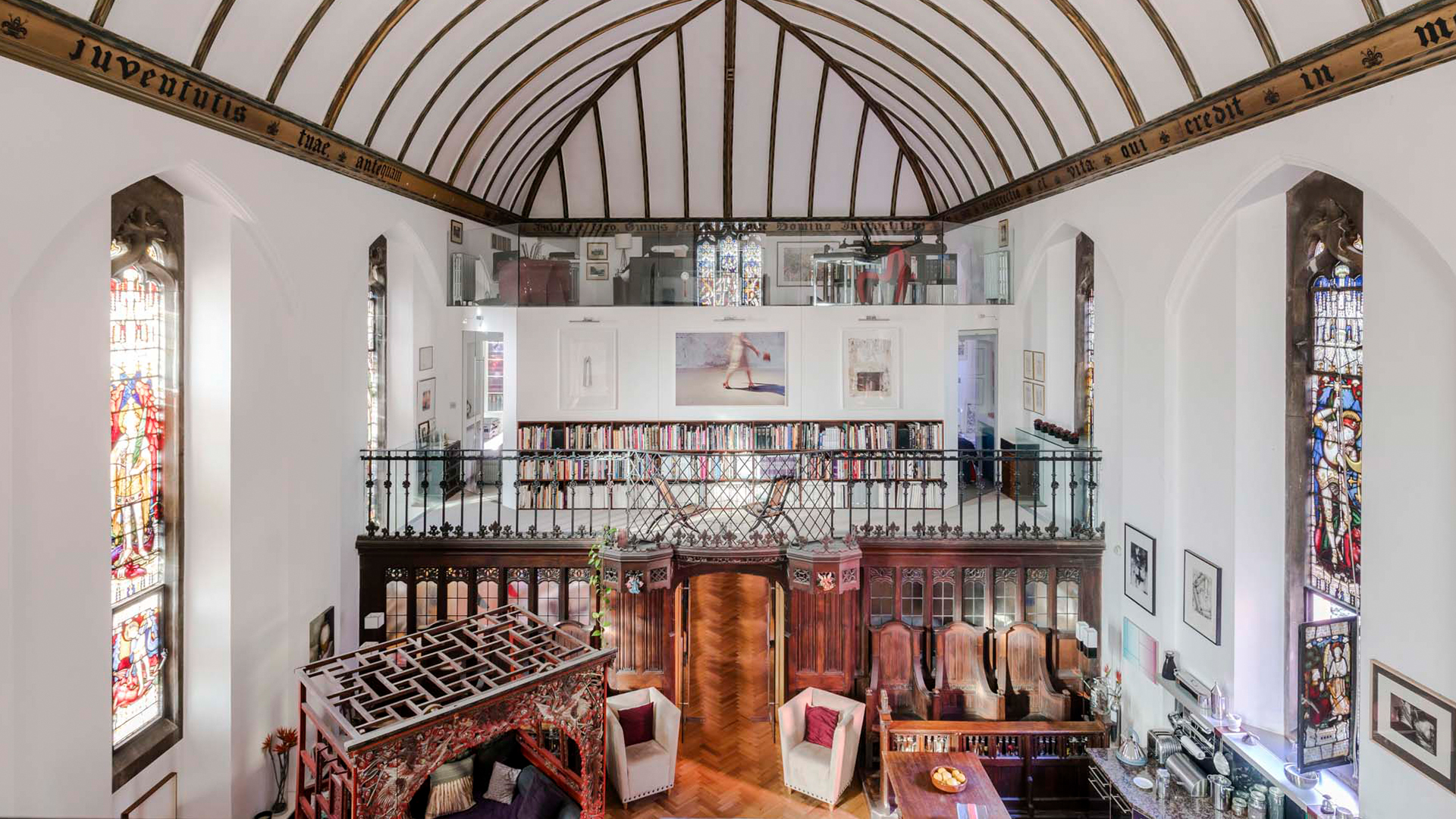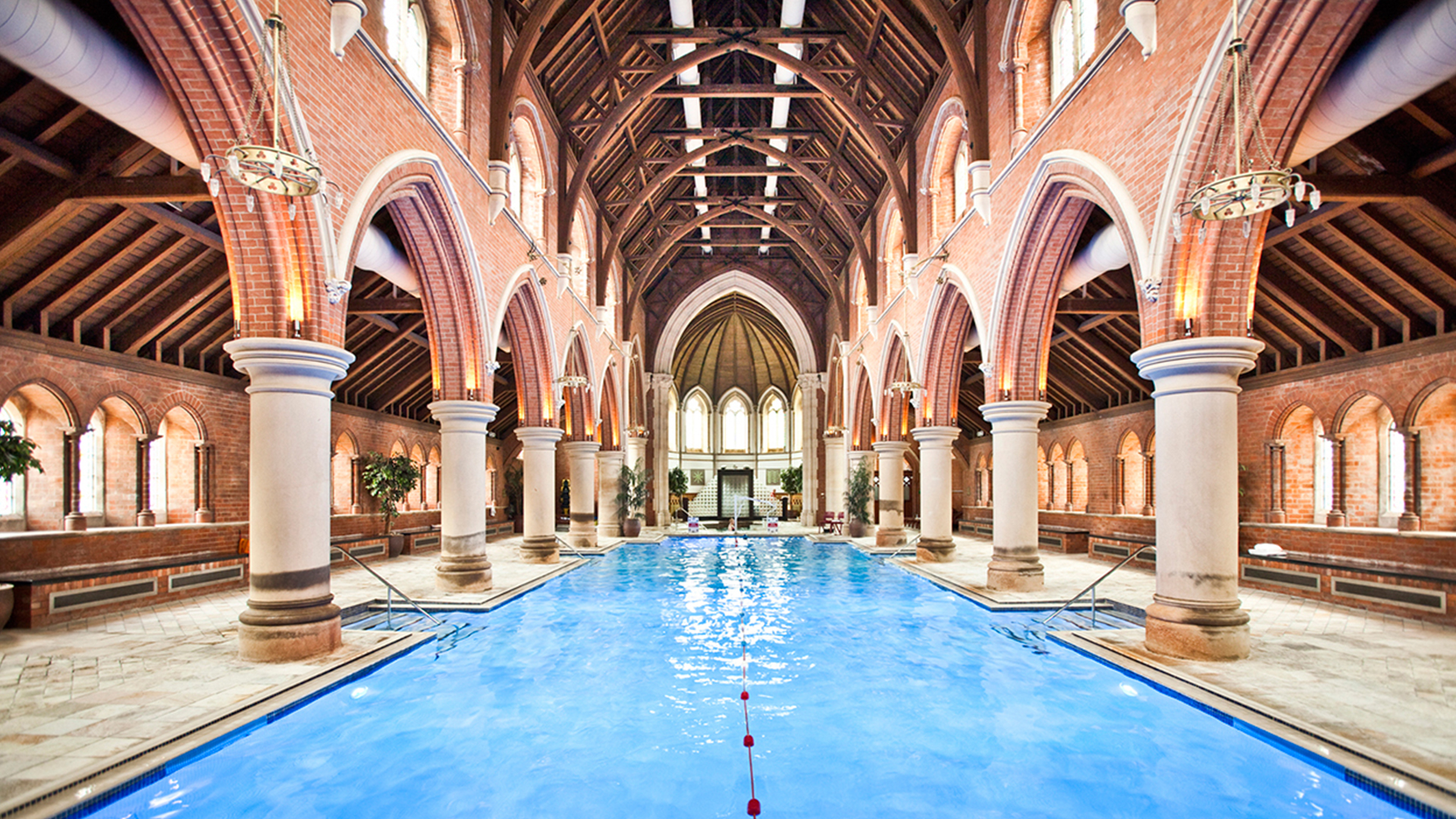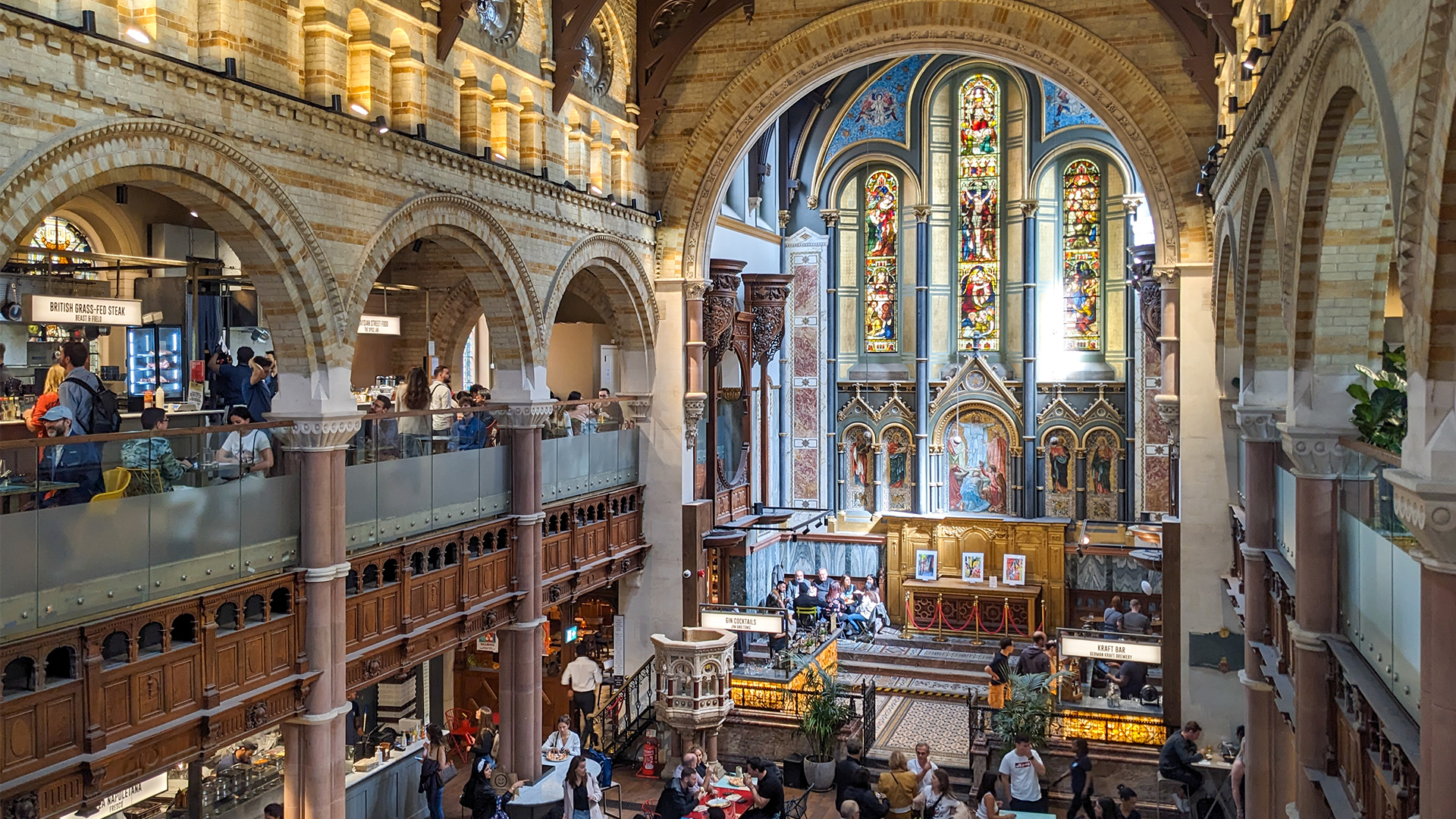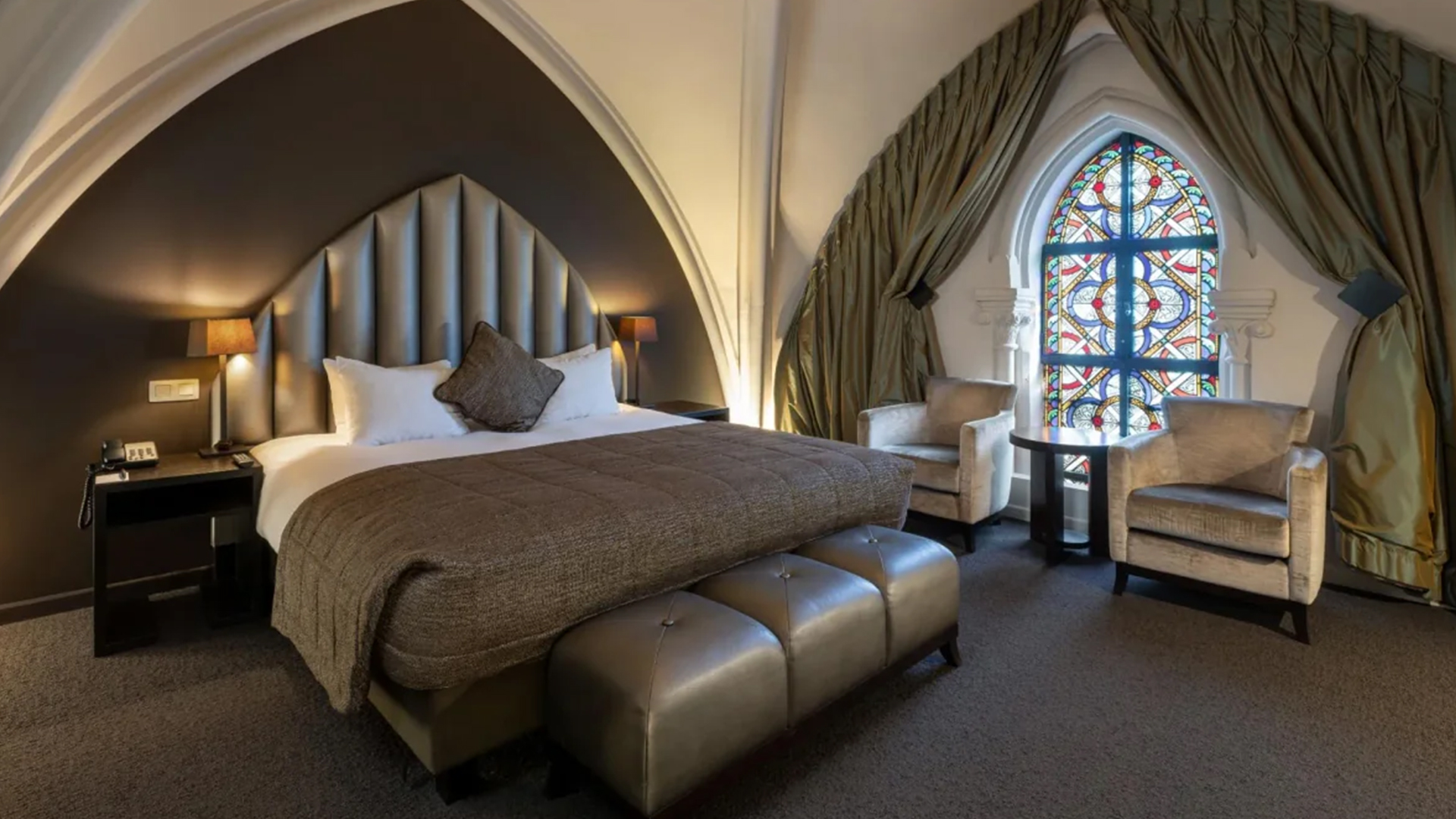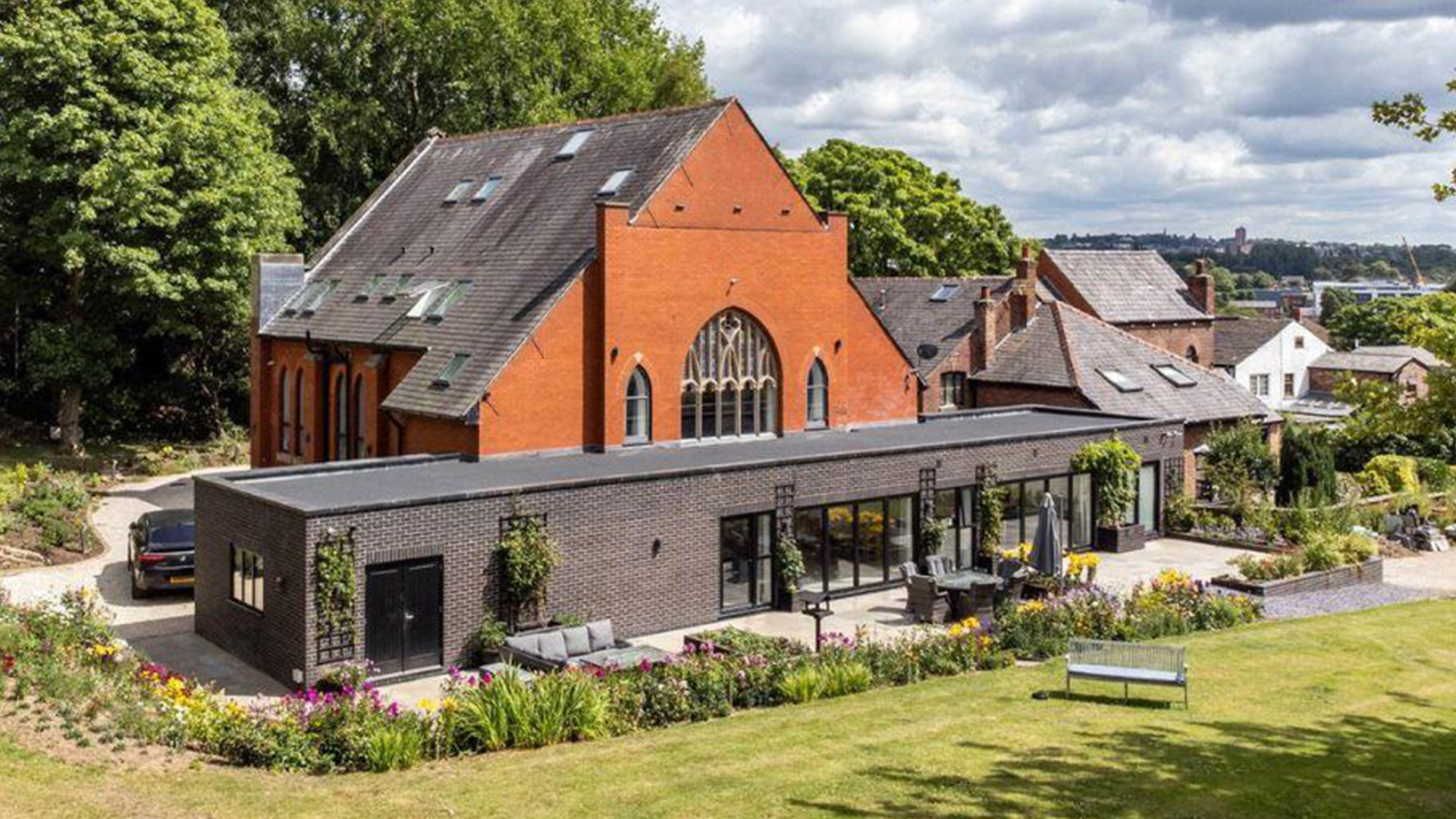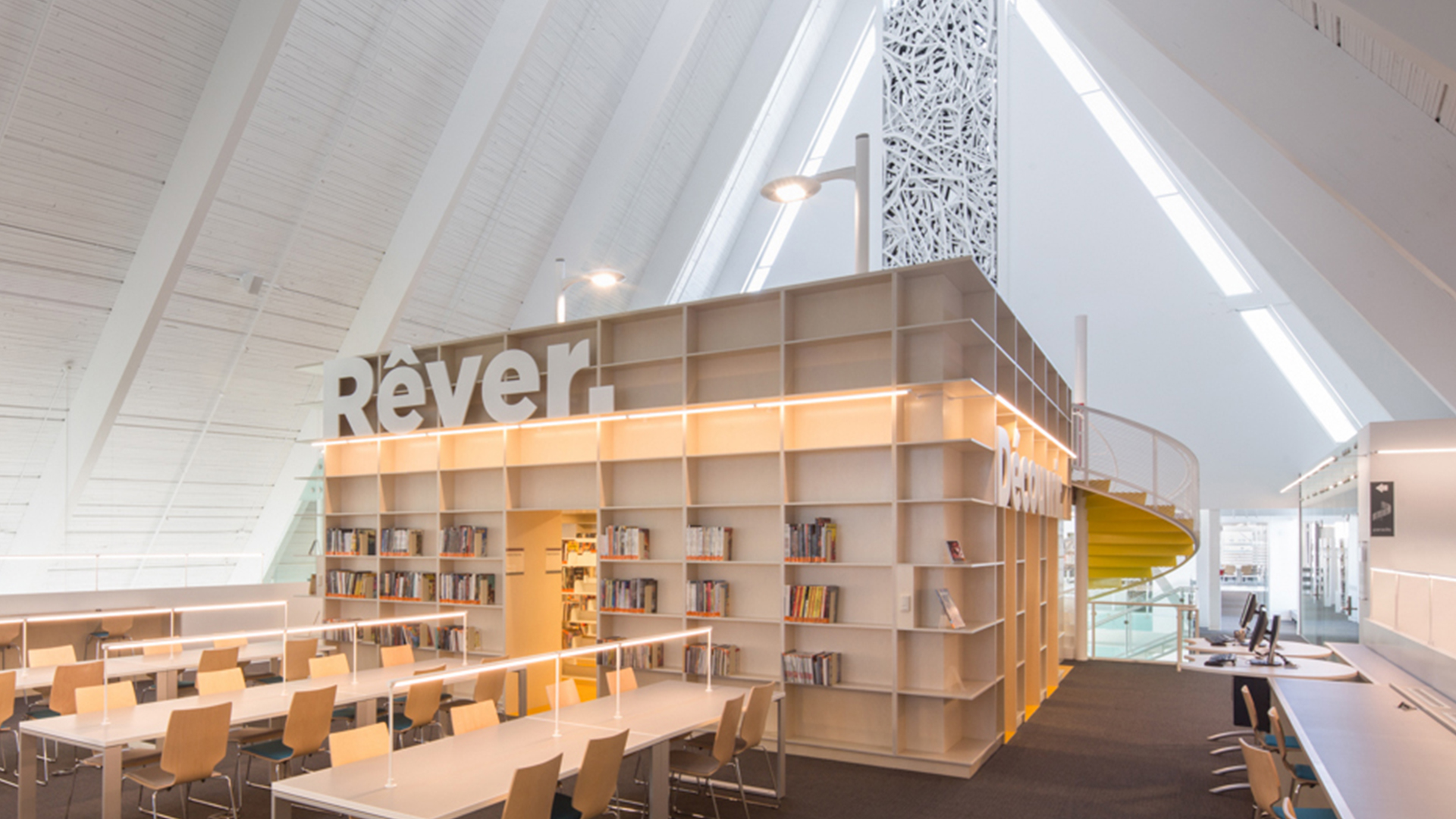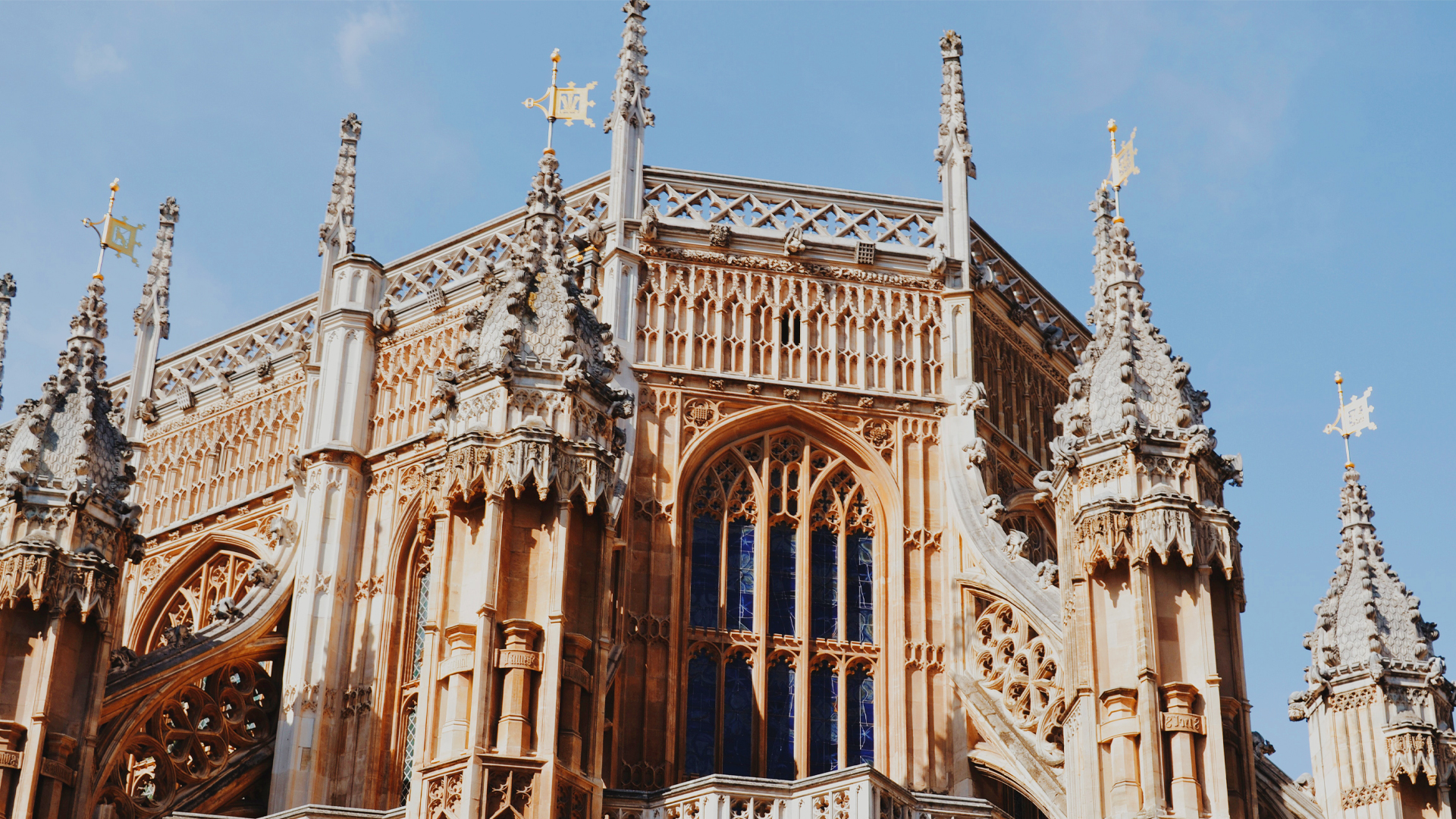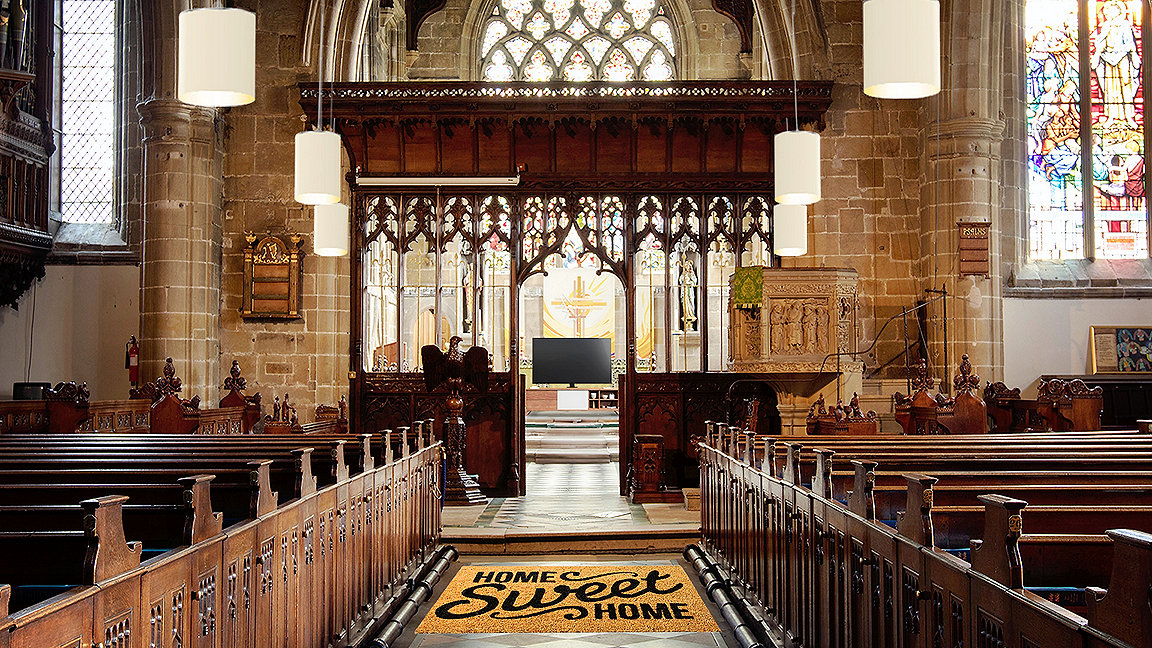
Attendance in most Christian denominations in the UK is in steady decline, with regular attendees making up only 5% of the British population in 2015 compared to almost 12% in the 1980s. The COVID-19 pandemic meant figures dropped even further and have not fully recovered since.
That leaves church authorities with a lot of underused property assets. Many of these assets are used for community benefit – church buildings regularly host everything from food banks to yoga classes – but, as a 2023 report from Theos, a think-tank that focuses on religious matters, points out, churches could struggle even with these. Shrinking congregation sizes cannot support the number of church buildings and land that the various denominations own.
Which is why church-to-home retrofits have become a common sight, not only in the UK, but in many nations where church attendance has fallen in recent decades. What are often beautiful old buildings make desirable homes with period features, wrought from highly skilled labour, that you wouldn’t find anywhere else.
And it’s not just the aesthetic value of deconsecrated churches that makes them great homes, says Ann Gray FRICS, principal at Gray Real Estate Advisors and former RICS President, who has consulted to the Episcopal Diocese of Southern California.
“Existing buildings contain abundant embodied carbon – the penalty to the atmosphere from the production and transportation of new materials has already been taken,” says Gray. “They have also proven themselves against the elements. While they may be weathered and in need of repair, they probably have another 200 years of life against a new building that may only have 50.
“Additionally, churches are often situated in a convenient location for regular Sunday attendance. This makes them perfect candidates for adaptive reuse in a sustainable 15-minute city.”
Church buildings are also being converted to non-residential uses, which continue to benefit local communities. In Yorkshire, there are plans to turn a redundant rural church into an 18-bed hostel for visitors to the Yorkshire Dales National Park. And north London’s Repton Park is a former cathedral that’s been turned into a gym, now owned by Virgin Active. Visitors can take a swim in a pool that’s surrounded by gothic arches and stained-glass windows.
In Belgium, where regular church attendees are also only 5% of the population, non-residential conversions that have given church buildings a new lease of life include sports halls and climbing centres. And in Canada, architects revamped a Quebec church to become the Monique-Corriveau Library.
“There have been some really creative adaptations in the UK,” says Gray. “My favourites are those that really take advantage of the inherent shape of the spatial voids, for example Mayfair Mercato where side chapels, arched crypts and elaborate woodwork have been repurposed into a food stalls. And the Garden Museum in Lambeth does a great job floating galleries in the vaulted space.”
Auditing church property
In 2021, Knight Frank was tasked with an audit of all the Church of England’s (CoE) property assets, as the Church debated how to best use them. “We tried to get a feel of where the churches are: are they listed? Are they a walk from the town centre? How are they used – Scouts? Drop-in centres?” says Ian McGuinness FRICS, Knight Frank’s head of analytics. “We were told to paint a very clear picture.”
As well as the churches, the team also included all the other CoE buildings – vicarages, church halls and so forth – as well as its land, from car parks and playing fields to open countryside. So much of this was unregistered that McGuinness’s team developed special mapping techniques to identify potential church land that had been “forgotten”. His audit accounted for about 200,000 acres across England – equivalent to more than half the size of Greater London.
The CoE’s interest in its assets went beyond regularising its holdings. It had decided that it should fully harness its institutional power to benefit those in need. It launched a commission on housing and, in its 2021 report, Coming Home, the Archbishops of Canterbury and York set out their vision for how the CoE could better help the 8m people it estimates are living in overcrowded, unaffordable or unsuitable homes in England.
The report states: “The Commission recommends that the Church of England commits to using its land assets to promote more truly affordable homes, through developments that deliver on our five core values [sustainable, safe, stable, sociable, satisfying].”

“While they may be weathered and in need of repair, they probably have another 200 years of life” Ann Gray FRICS, Gray Real Estate Advisors

Kaos Temple Skate Park, Spain. Photo: Luis Vidales / Red Bull Content Pool
Bishop of housing
To this end, Bishop Guli Francis-Deqhani, appointed bishop of Chelmsford in 2021, also accepted the newly created role of bishop of housing. In March 2023, she announced the formation of the Church Housing Foundation, a new housing association. “Within the Church we are demanding more from ourselves as stewards of prodigious resources — both nationally and locally,” she said at its launch. “However, it is not just our land that is of value, but our presence and agency in many different communities.”
It is hard to argue against the notion that the CoE could become a major player in the provision of housing to the general population. Unlike most other developers, there is no need for it to use its assets for profit, nor pressure to appease shareholders. Within certain planning and funding requirements, it can do as it pleases.
That said, churches do bring their own unique set of challenges in terms of maintenance and retrofitting. “Churches are often made of materials that require special cleaning techniques and complex repairs such as regrouting, reroofing and replastering,” says Gray. “They are also traditionally not well insulated, not well suited to passive comfort systems and difficult to retrofit.
“It is easy to imagine a housing developer preferring to avoid the complications. This is why we need a parallel valuation system for historic properties to level the playing field and create a greater financial benefit.”
Tackling the housing shortage
Faith in Affordable Housing (FIAH) is a programme run by Housing Justice, a Christian charity working to alleviate homelessness in all its forms. Housing Justice works in partnership with churches, community and faith groups to help provide those experiencing homelessness with a safe and stable home. The FIAH team specifically works with churches wishing to support local housing need by releasing derelict or surplus church land for truly affordable housing.
“We give workshops [to church officials] to discuss different ways we can work with them,” says Beki Winter of FIAH. “We hear quite a lot along the lines of, ‘We need to get a commercial developer, we need to get the best price.’ Which isn’t always true. Often, they are charities and are governed by charity law, they don’t need to go for the best price.”
It can also be the case that the diocese which own these buildings are struggling to maintain them and FIAH has had some notable successes with relatively small-scale donations of unwanted and sometimes dilapidated properties to existing housing charities.
In Gloucester, for example, 23 affordable homes were completed in 2018 on the site of St Aldate’s church hall – although planning permission was contested for many years due to considerable local opposition. In St Goran, Cornwall, FIAH converted a church-owned school building into five affordable homes that would exclusively house villagers – second-home ownership having made it very difficult for locals to find housing. A Baptist church near Bridgend in Wales provided 14 new homes and there have been projects in Cumbria, other parts of Wales and Lancashire.
“We tried to get a feel of where the churches are: are they listed? Are they a walk from the town centre?” Ian McGuinness FRICS, Knight Frank
Winter concedes that there can be an element of cautiousness within church boards of trustees which occasionally makes her remit challenging – “there’s a fear of doing things with other partners, the easiest way is to sell land on the open market”.
“One of our aims is to support systemic change within the Church. We want to change the conversation to show [these sorts of projects] can be done,” she says. “In a few years’ time, when I have numerous successful case studies, I will be able to show it’s win-win.”
Repurposing underused, poorly maintained buildings is hard to argue against. With the right planning permission, using them to provide affordable housing is a win for the local community and the Church's mission.


